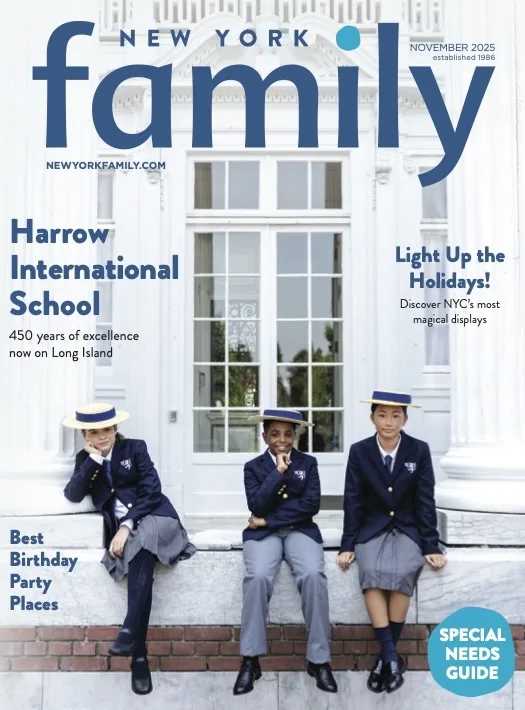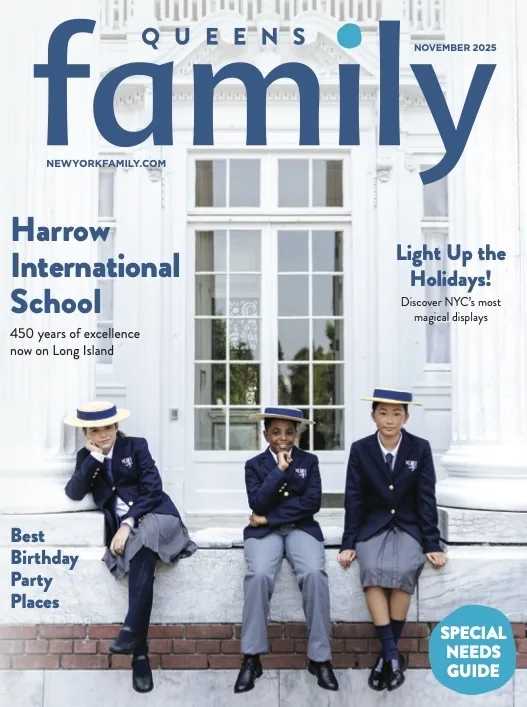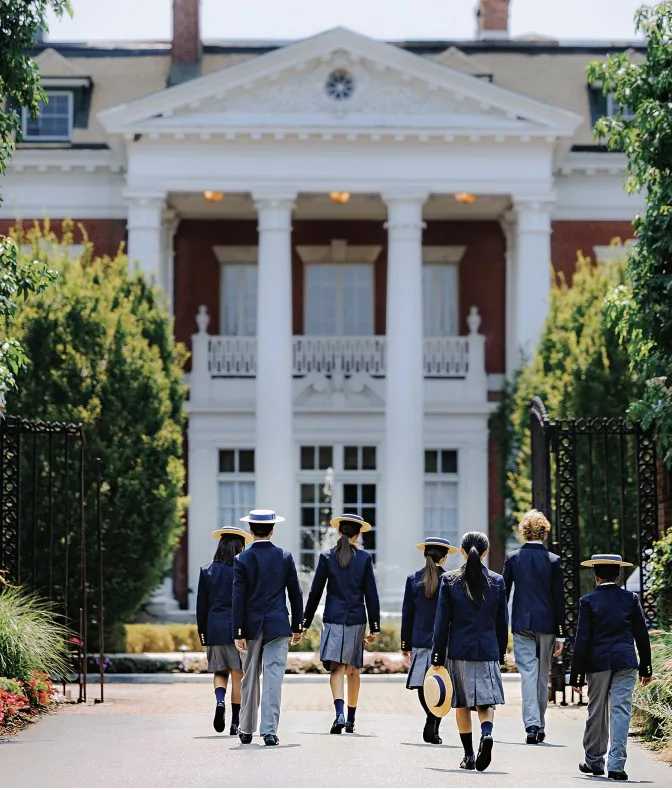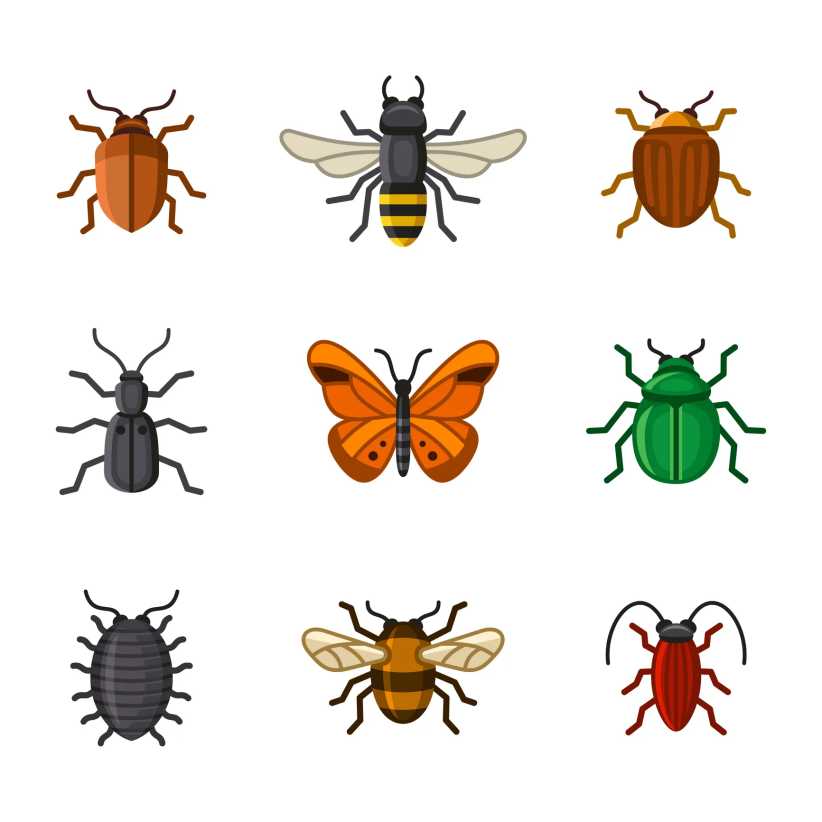So, you just found out you birthed a Picasso, and you’re not sure what to do next?
When my daughter was in middle school, she was accepted into an accelerated art track, and I realized that I was not the only one who thought she might be artistically gifted. Still, at that point, I had no idea what to do to help her develop her skills.
If your child has shown interest and talent, there are benefits to encouraging her artistic growth, regardless of whether or not she wants to pursue a career in art. Most schools do not provide counseling specific to the arts, so it is helpful for parents to learn how to guide their children and make the most of their gift.
Parents sometimes have difficulty determining if their children are artistically talented. Barry Beach — an “arts counselor” who was the director of the Oregon College of Art and Craft — told me that parents may not be able to determine if their children are indeed gifted. He says parents should take notice if their children enjoy making art and are constantly interested in it.
“Note passion, rather than talent,” he suggests.
If you find that your child enjoys art, do some research and find out about local art classes in your area. Don’t assume that time spent in art class in middle and high school will afford a child a full opportunity to develop her skills.
Remember, art class is only one period in a student’s day. School art teachers will tell you there is very little “work” time for the students. If you consider the minutes devoted to set-up, clean-up and instruction, there is very little left over for creative work.
Beach encourages younger artists to take advantage of every opportunity, artistically.
“More art classes and art experiences equal better prepared young artists,” he says.
Classes
While researching extracurricular art classes — apart from checking the cost, scheduling and logistical issues — you need to be sure the student has an opportunity to meet with the teacher.
If the school offers a free trial class, take advantage of it! Most art classes are small, but the teacher’s attention is usually divided amongst the students, and different instructors offer different amounts of help and guidance, according to their teaching styles.
Personality plays a large role in the proper pairing of an art teacher and his student. Some are demonstrative or unconventional in their teaching style, whereas others can be subdued and expect more independence from their students.
Good art teachers, like any good educators, will know how much guidance is appropriate for each student. Good art teachers will also be honest with their students and with parents about the artistic potential and the strengths and weaknesses of their pupils.
It is not essential for younger children to work with instructors with portfolio preparation experience, but I have always been a firm believer in establishing relationships with well-qualified professionals early on. If your child’s art teacher knows how to help her prepare a portfolio later, she will provide her with helpful guidance at an early stage. Also, your child will be acclimated to her teaching style.
By the time your child is in high school, Beach says that “it’s critical to see the art experiences and education of the instructors.” Teachers who did not study art in college may not be well prepared to counsel students regarding portfolio-quality artwork, he warns.
When shopping around for an appropriate art program for my daughter, who is a junior in high school, I was astonished by the number of hours some art schools suggested or even required. One school required an up-front commitment of nine studio hours per week for each semester. This kind of commitment seemed nearly impossible, as SATs, SAT prep, college visits, driving lessons, sports, and assorted extracurricular activities loomed in the near future. I found a school that offered more flexible hours, and my daughter increased those hours, as needed, to complete her portfolio.
Beach hesitated to specify a minimum number of hours per week he would recommend for art classes, stating that students who exhibit the most passion, self-motivation outside classes, and “excitement for creating,” compile the best portfolios.
Supplies
Along with registration for a serious art class comes sticker shock at the art store. Students working on their portfolios graduate from stores like Michael’s (general art and hobby stores) to specialty stores, like Utrecht and Dick Blick, where one tiny tube of oil paint can cost $30.
For a fee, some schools will provide a box of required supplies for the student.
Sometimes, a name-brand item is required (as with certain paints) and other times, the store-brand is acceptable. Ask the teacher if the cheaper brands will suffice, and seek out store staff, as they are usually art students who know the merchandise.
Be sure to have your student sign up for a student discount card and watch for sales.
College
By the time the art student reaches her junior year in high school, she needs to start thinking about whether she would like to work towards a Bachelor of Art or a Bachelor of Fine Arts at a liberal arts college, or attend an art school, such as Cooper Union, Parsons or Pratt.
Portfolio requirements for every school vary. Some schools look for personal style and abstract creations, whereas others place a stronger emphasis on technical skills and traditional training.
A student should review each school’s website to check the school’s requirements and get a sense of the type of art the school prefers. With this information, she can work towards creating the diversity and types of pieces that would appeal to the school.
“Try as many art mediums and processes as possible … from freshman year, on,” Beach suggests to high school students. This way, he says, the student’s varied experiences will help to narrow the college search, will facilitate her selection of a potential major (specialization within the art department), and will increase her ability to compile a diverse portfolio.
If an art student is considering liberal arts colleges and universities, she should inquire as to whether or not the colleges accept or require art portfolios, and if the portfolios are used by the college for its decision for admission to the school, or only admission to the art department.
The submission of an outstanding portfolio can be helpful for a student with good academic credentials in a very competitive admissions season. Some liberal arts colleges will not accept portfolios at all. It doesn’t mean the school’s art department isn’t good, it just means the student’s artistic accomplishments will not be as helpful in her quest for entry into the school.
When the student goes to visit these schools, she needs to make arrangements to see the art department and, ideally, to meet with an art student or professor.
It can’t hurt to bring a small portfolio, disc, or USB flash drive containing the student’s work on the visit. Friendly admissions officers are sometimes happy to see a student’s work during an interview. At one small, liberal arts college, an art professor my daughter and I met with was willing to take a look at her flash drive and give her his comments on the spot.
By the time work on the student’s portfolio is well underway, she should consider participating in a “portfolio day” at an art school. These are generally open to the public, when colleges and art schools (at the college level) set up tables where they engage the students in short discussions and presentations of their works.
The college representatives critique the art in a manner that reminds me of “American Idol,” with some comments reminiscent of Simon (blunt and critical) or Paula (encouraging and complimentary). It is valuable experience that can help the student tailor the best possible portfolio while giving her the opportunity to practice presenting her work.
Finally, Beach recommends that students enter some exhibitions and “juried competitions,” normally judged by professional artists. It is a good experience, plus a peek into the real world of art. Of course, he cautions “everything in moderation.”
• • •
So, in a few short months, my daughter will be leaving to become a studio arts major at a liberal arts college.
Perhaps one day, the crayon drawing that hung on my kitchen refrigerator will be worth something. You never know.
For more information on portfolio preparation, go to www.artschools.com/articles/portfolio, or www.artscounselor.com.
Risa C. Doherty is an attorney and freelance writer from East Hills, NY, who has learned a lot about raising an artist in the last year.


























